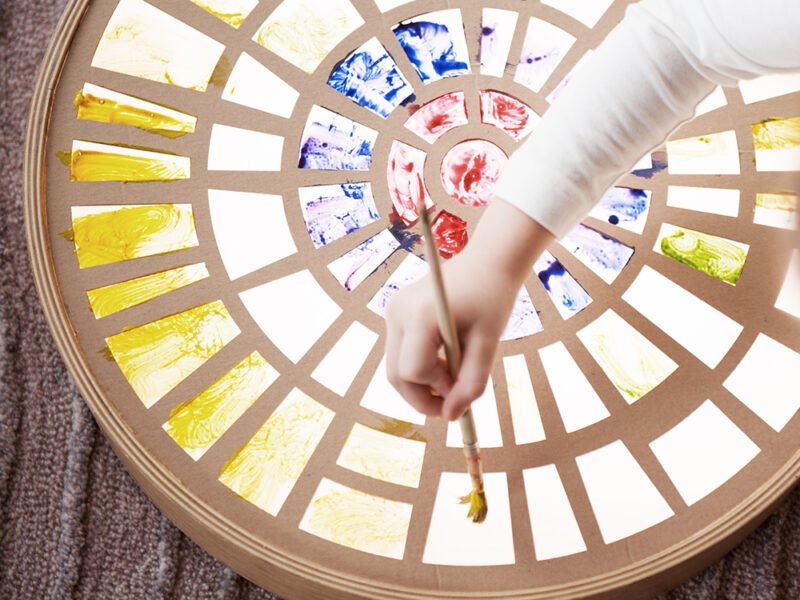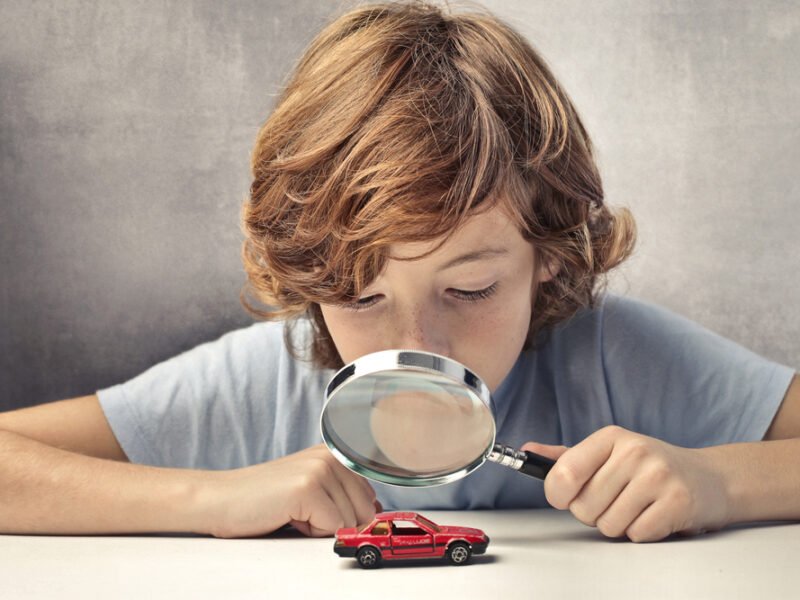Learning and play environment has a powerful imoact on a child’s development. Reggio Emilia’s approach to early childhood education founder Loris Malaguzzi calls environment the third teacher as it fosters a child’s self-esteem and understanding of their competences.
An Associate Professor of Psychology at New York University, Emily Balcetis, researched how the environment shapes our motivation. She concluded that everything that we see is tightly linked with what we think and what we do. The environment we spent our time in influences our motivation and determines whether we want to engage.
How else is the environment important for children?
Engaging Play Environment
Children’s needs change many times during the day. When the furniture is designed to serve multiple purposes and space can easily be changed, different children’s needs of various abilities are met. When we intentionally and purposefully design the learning space, the third teacher becomes a flexible engaging environment, responsive to the need for teachers and children to create learning-through-play together.
For example, one day you can use Sensory Space Divider for some role-playing, while the next day – make a cozy reading corner.
If a child is surrounded by things that every day can become something else, she is encouraged to try new ideas and search for various play opportunities. Also, abstract shapes invite to create and stimulates the imagination.
Minimalistic Spaces
Have you noticed that the fewer toys a child has, the more he or she plays? Have you noticed that the fewer toys a child has, the more he or she plays? It is still believed that children need a lot of toys as otherwise, they will get bored. On the contrary – children love minimalist spaces! They like to have room to bang about and clear space to play. That is how they come up with unique play scenarios and learn how to collaborate along the way.
Aesthetic Play Environment
Many bright colors in the room distract children and even can negatively affect their emotions, while pastel colors make space look bigger and homey. Aesthetics is crucial for feeling cozy and calm. Beauty is believed to help with concentration, and so encourages children to dig deep on their journey of self-discovery and exploration.
Environment That Moves
Children are always on the move – why don’t we encourage it? A kindergarten in Japan found its way. The kindergarten is designed in a circular shape, and on its roof, there is a playground where children are free to run and play most of the day. The children in this kindergarten do 4,000 meters on average a day! No one is worried where children are and let them go freely. Everyone comes back eventually because it is a circle!
Children love to climb trees thus, they made nets that can catch children if they fall. “Don’t control children. Don’t protect them too much. They need to tumble sometimes. They need to get some injuries. And that what makes them learn how to live in this world,” – says the architect Takaharu Tezuka.
Natural environment
Natural surroundings offer rich visual stimulus and hands-on sensory experiences that allow each child to reach his or her full potential and use all their senses to express themselves creatively. Children are supposed to be outside to explore: sight, hearing, smell, taste, and touch that helps to grow resilience on the way.
The learning and play environment that responds to children’s needs, encourages their interest in the world around them. By creating an engaging environment, we will help the child to get to know themselves and reveal their potential. Confucian proverb says, “Teach me and I will forget. Show me and I remember. But involve me and I will understand.”





